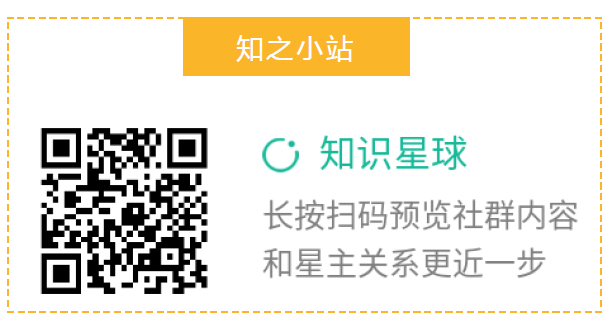Online wideo wiewing has expleded in thelast four years among kidsofall ages.Ourlast two CommonSense Census reports revealed that forthe youngest kids,time spent watching online videos hassurpassed traditional television And for teens,YouTube is the platfonm they simplyc annot live without.
At thesame time,weknow theentertainment indus try has fallen short on telling authentic storiesthatrepresent the world we live in.Moviesand TV shows still featurea majarityof White facesandfrequenthy stereotypical depictions of people ofcolor,and Hollywood and the entertainment industryare still struggling with representation from BIPOC creators behind the camera.
The popularity of YouTube and other on line video platforms creates a unique opportunity for user-generated content to tell different,diver se,representative stories.
YouTube could be a leader in changing the storyfor milons of kids across thecountry who don’t seethemselves accurately represented in anyofthe content theywatchr It’s free,glcbal and multilinguaL
Butunfortunately,YouTubeis missing the opportunity.This report,conducted in partnership withthe University of Michigan,looks at a large sample of videos watched by kids ages Oto B and 9to
18.And the analysis reveals that kids are watching content that presents biased and stereotypicalrepresentations of race and ethnicity.Here are a few key findings:
·In YouTube videoswatched by kids B and younger.62%featured no BIPOC characters at all,whilein another 10%of videos,BIPOC characters wereportrayed in shallow ways.
·When videos watched by 0-to B-year-cldts featured prominent BIPOC characters,theyweresignific antly more likely to indudeinterpersonal violence(27%vs.16%).bad language (32%vs.13%).and marginally higher drinking.druguse,and smoking (7%vs.2%)than videoswith prominent Whitecharacters.In addition.wideos featuringprominent BIPO C characters had lower educ ational quality:Only 18%carried educational quality,compared to about 30%of those with Whitecharacters.
·Ethnic-radial stereotypes appeared in about 1 in 10 videoswatched bytweensand teens,meaningthat if tweens and teens watched 10 YouTube videos a day for a year,they might see 300 videosdepicting stereotypes of BIPOC characters.
·Gender stereotypes went hand in hand with ethnic-racial stereotypes in videoswatched bytweensand teens.
·Teaching aboutrace and ethnic itywas extremelyrare.Of the 1.242 videos watched by chidren inthe study.only two(00028)discussed race and ethnieity.
YouTube can be a sourceof empowering and inspiringreaHife stories and representations of BIPOCcommunities,but while kids and families can do a lot to seek out theright stories,YouTube couldmake themeasier to find by elevating BIPOC creators and making YouTube a destination farrepresentatien in media.We need a better understanding of how YouTube’salgorithm is workingwhenit comes to content and creators of caler-and we need to know whether itis inadvertentlypromoting biased,stereotyped content or doing enough to elevate these creators.
In the meantime,it remains very important to help parents.caregivers,and educatorsfind the verybest content on YouTube that elevates diverse voices.Common Sense will continue to lead thecharge in ensuring that leaders at technolbog y and enter tainment companies are putting kids’needsfront and center.



本文来自知之小站
报告已上传知识星球,微信扫码加入立享4万+深度报告下载及1年更新。3天内不满意退出星球款项原路退回,欢迎试用。到期续费仅需5折
(如无法加入或其他事宜可联系zzxz_88@163.com)
